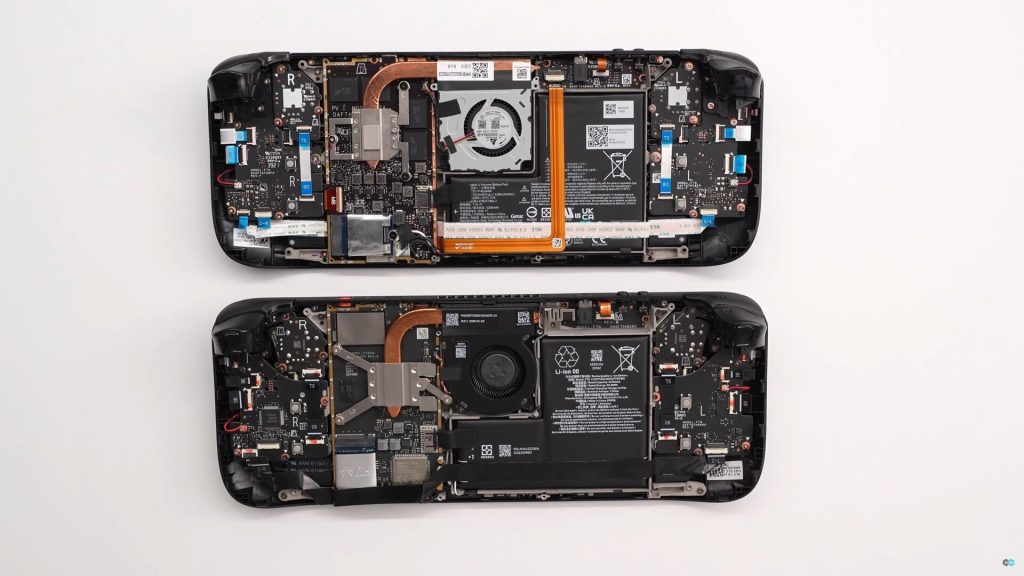Valve‘s unexpected global release of the Steam Deck OLED has left gamers and tech enthusiasts buzzing. The key upgrade here: a slightly larger 90Hz OLED screen, a step up from the previous 7″ LCD display. The display can reach a peak brightness of 1,000 nits, promising a more vibrant gaming experience.

YouTuber Dave2D, quick on the draw, got hands-on with the Steam Deck OLED and did a thorough rundown, spotlighting its improvements over the older model.

Digging into the nitty-gritty, the new 6nm processor, along with a beefed-up battery and a revamped cooling system, translates to noticeable improvements. When put to the test, the Steam Deck OLED runs about 2 decibels quieter and 5 degrees cooler under load compared to its predecessor.
Under the hood, the Valve stuck with a single copper heatpipe for the chip’s 15-watt maximum TDP. Additionally, there is a slightly larger and quieter fan for air circulation. The 6nm “Sephiroth” SoC, although carrying a new moniker, shows minimal differences from the older 7nm version.
The bigger battery isn’t just for show. It extends battery life across all tested games, with significant gains in demanding titles. In games like Cyberpunk 2077 or Control, the OLED model lasts over 20 minutes longer under load, needing a recharge after just over two hours. Meanwhile, less demanding titles like Dead Cells get a runtime boost to eight hours, an hour and a half more than the previous model.
RELATED:
- Valve hints at Steam Deck 2 in 2-3 years
- Anbernic RG ARC gaming handhelds with 4″ IPS display, Android 11/Linux now available, start at 399 yuan ($55)
- Lenovo Legion Go console is now on sale in the EU for €799
- AnTuTu top 10: Realme GT Neo 5 SE is the best-performing mid-range smartphone of October 2023
(Source)






